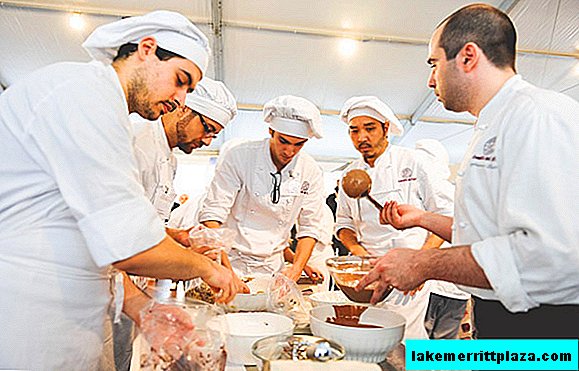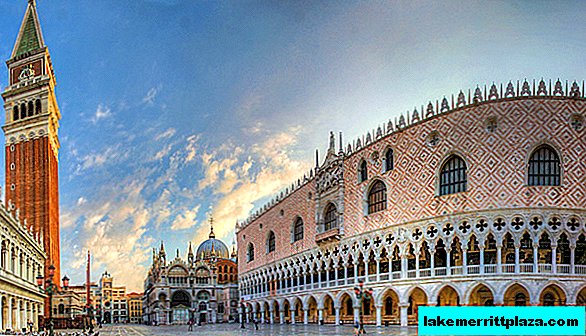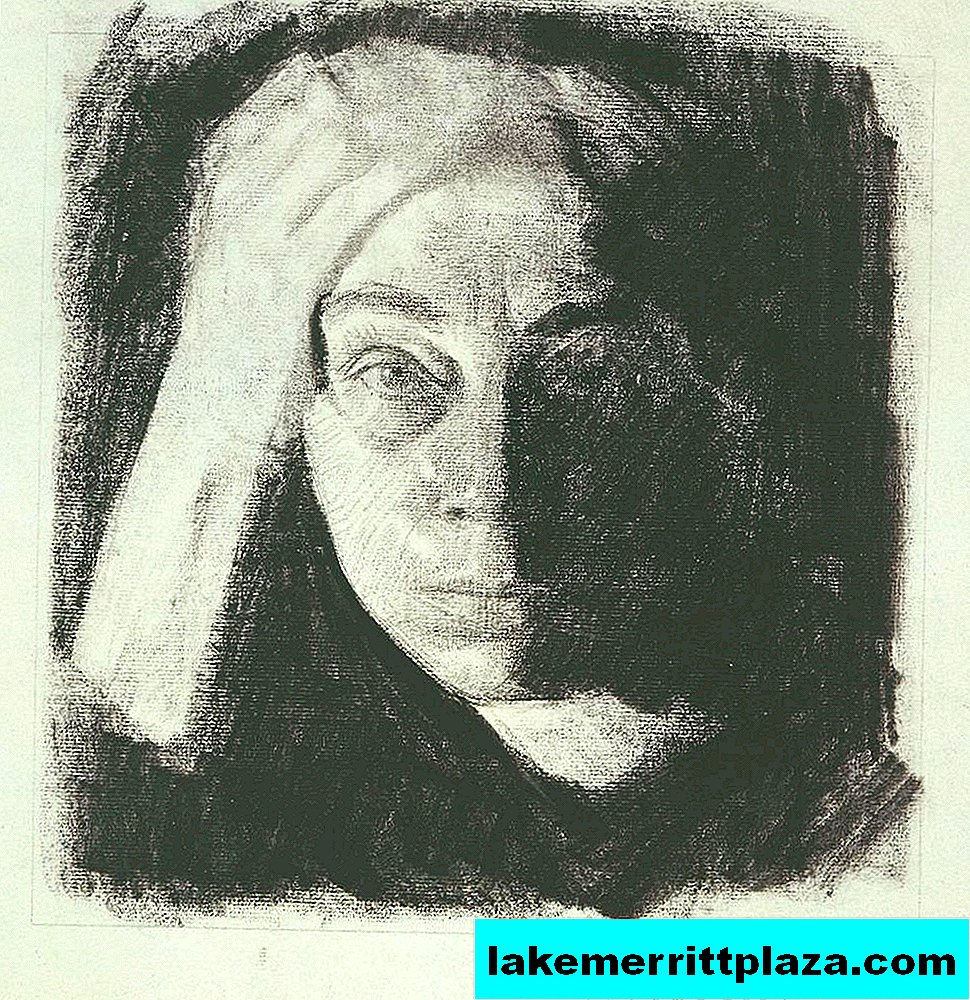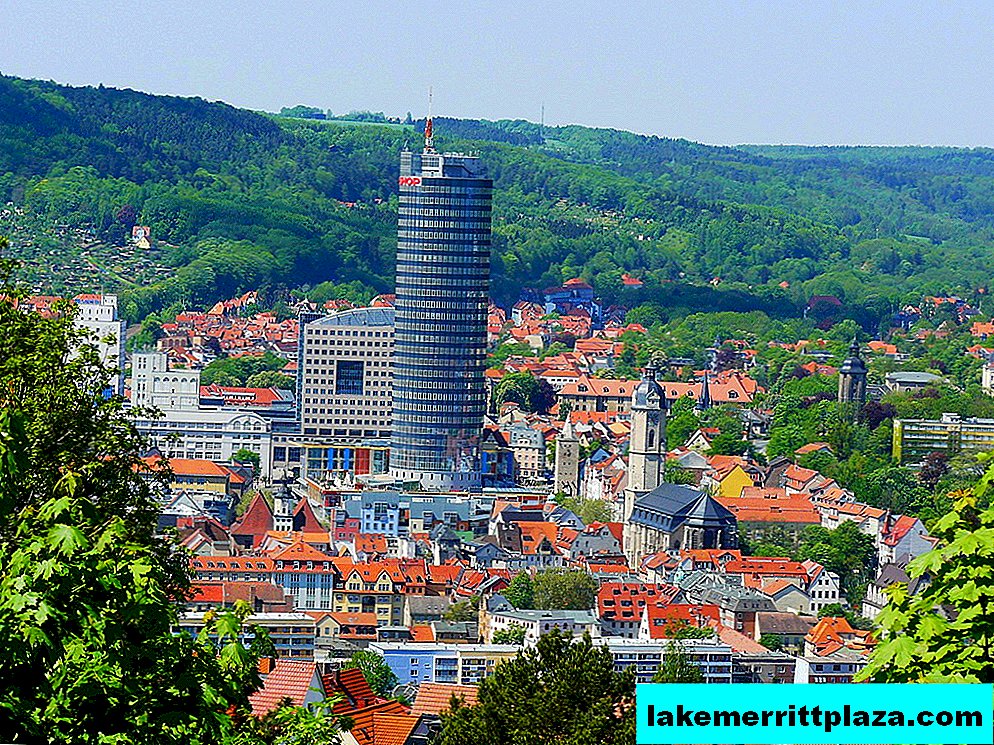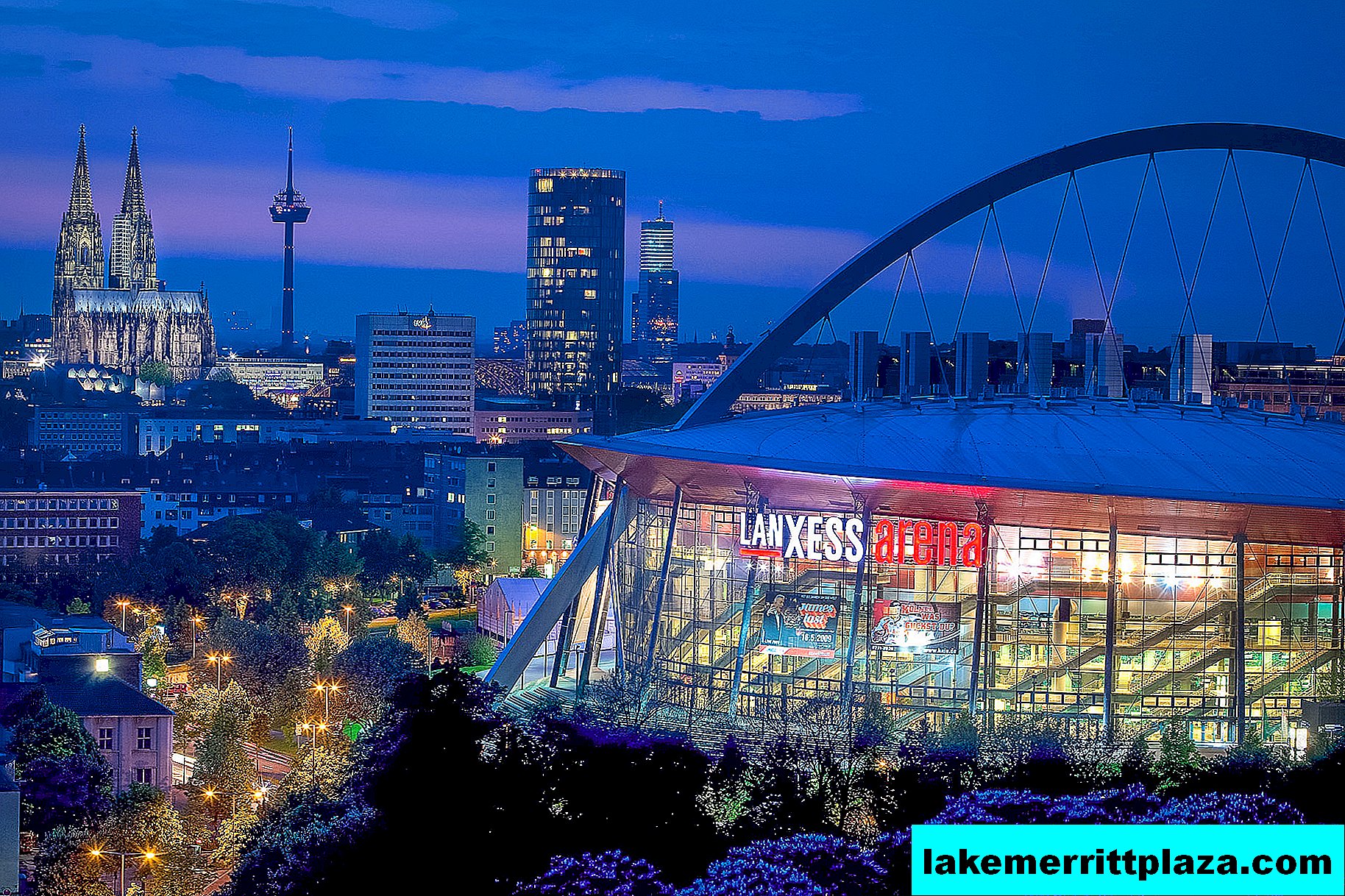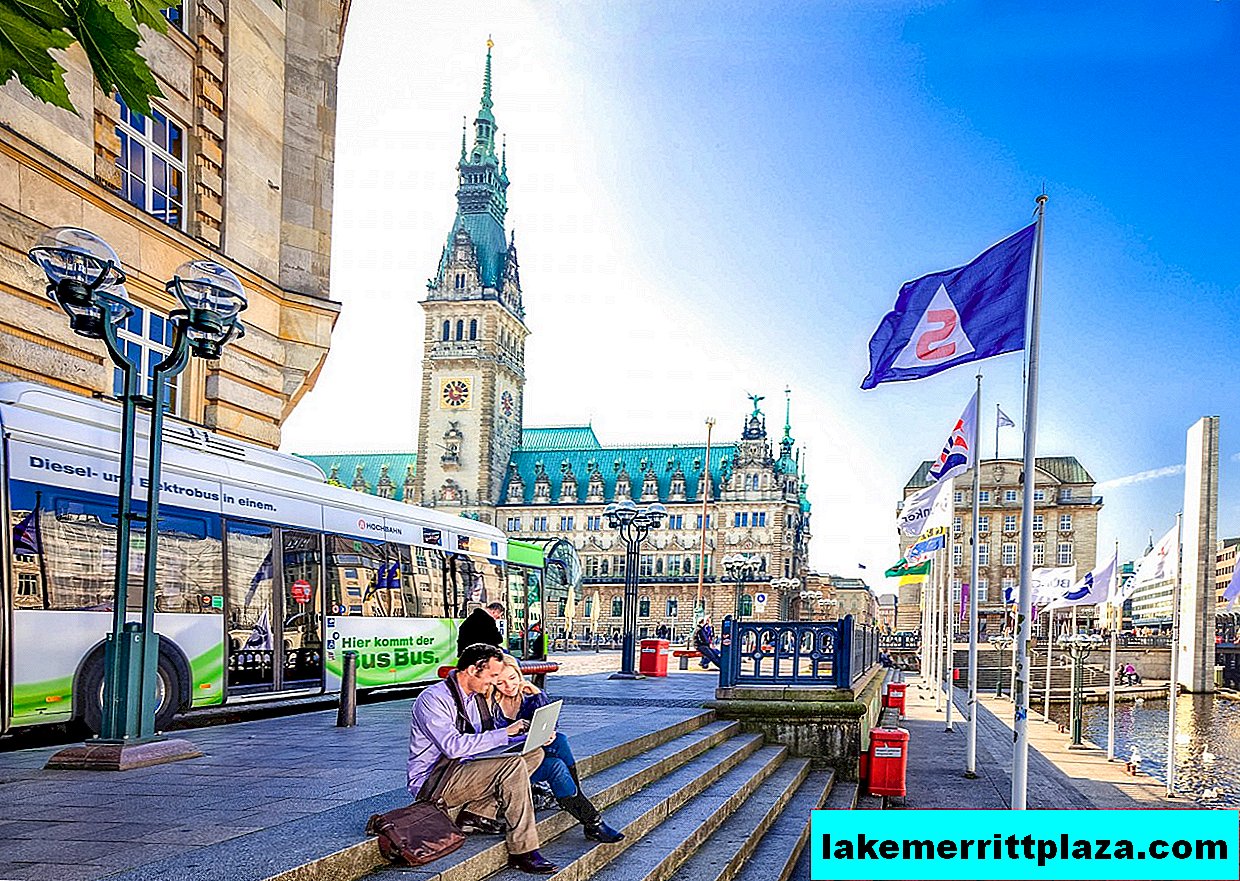Theaters are the undeniable pride of Rome. Fans of classical opera and ballet will undoubtedly visit one of the grandiose cultural institutions of the Italian capital. Fans of history and archeology will be able to stroll through the remains of ancient theaters, which served to entertain the public during the time of Ancient Rome.
Ancient theaters
Theater marcellus
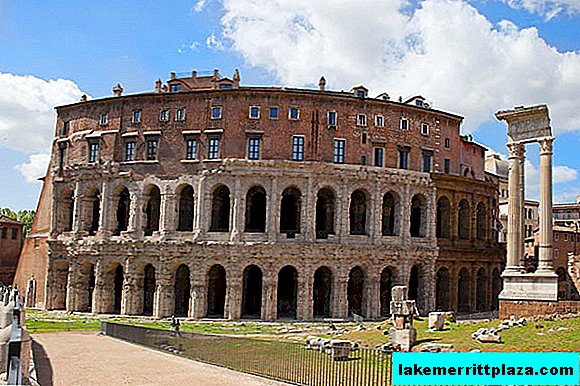
The Marcellus Theater (Teatro di Marcello) was created during the Roman Republic (1st century BC) and then bore the name Theatrum Marcelli in Latin. Residents of the ancient capital had the opportunity to enjoy drama and performances by artists in the open. The construction of a stone amphitheater with a diameter of 111 meters was carried out by Emperor Augustus, who dedicated the construction of the memory of his nephew - Marc Marcellus (Latin Marcus Marcellus).
The grand theater was made of tufa and lined with travertine. In his best years, he was able to receive up to 20 thousand spectators.
In the 4th century AD The Marcellus Theater completely lost its original meaning and became desolate. In the early Middle Ages, the building was turned into a fort. In the 16th century, the Orsini family built a residence on the basis of the fortress and the ancient theater. In modern days, residential apartments are located on the upper floors of the Marcellus Theater. While the lower floor serves as a venue for small summer concerts.
- Address: Via del Teatro di Marcello
- Visit time: the building can only be viewed from the outside
- Site: www.turismoroma.it
Pompey Theater
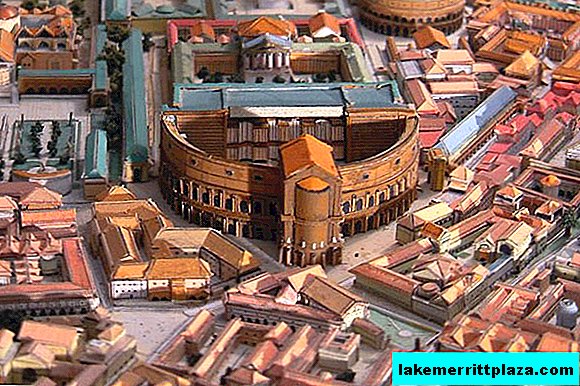
The Pompeii Theater (Teatro di Pompeo) is now destroyed, there was only a sad glory about how Julius Caesar (lat. Julius Caesar) was treacherously killed in its walls.
- Read also Caesar's life story.
The Pompey Theater was built around 55 BC nobleman Pompey Magnus. This building is the first theater of Ancient Rome, made entirely of stone. The theater building was part of a huge complex, which also includes gardens and a curia for the meetings of the Senate. The ancient amphitheater was dismantled into building materials for Christian churches and villas of the noble Romans.

The ancient Roman theater of Pompeii was so grandiose that in modern Rome in its place is a whole block and metropolitan area:
- Via del Biscione, Via di Grotta pinta, Via dei Chiavari, Via dei Giubbonari, Via del Sudario - belong to the Jewish ghetto;
- Largo di torre argentina - Argentina Square, a corner of Rome in which the remains of ancient temples are preserved. In the ancient ruins, the Romans organized a shelter for homeless cats, which is why Argentina Square is known as the place where cats live.
Modern theaters
The eternal city has about 10 operating theaters, but the demand for classical art is so great that buying a theater ticket in Rome will not be easy.
Ticket prices range from 20 to 150 euros, but it's not even about the money. Inveterate theatergoers book the best seats in advance or purchase a ticket for the season at any theater. In response to the question "How to buy a ticket to a Roman theater?" There is one piece of advice: use the institution's official website, make reservations or purchase through online booking. And most importantly, worry about your leisure a few months before the expected trip to Rome. At high-profile premieres and world-class performances, tickets can be sold out even half a year before the event!
Roman opera house

The Roman Opera House (Teatro dell'Opera di Roma) is also known by the name of its founder, as Teatro Costanzi, one of the most famous cultural institutions in the Italian capital.
The Roman Opera Temple was built in 1880 by a brilliant entrepreneur, owner of luxury hotels across the country - Domenico Costanzi.One of the Constanzi hotels was located on Via Nazionale, and some time after the opening of the new theater there was a direct connection with the entertainment establishment.
The original architecture of the theater was a neo-Renaissance, the interior was striking with an elegant painted dome. The capital's theatergoers noted the excellent acoustics of the Roman opera. The debut of the tetra was the opera Gioachino Rossini (Gioachino Rossini) "Semiramis", which came to admire members of the royal family: King Umberto I (Umberto I) with his wife. Despite all the tricks, the money invested by Constance in the theater did not play into his hands.
Over the past decade of the 19th century, deafening premieres shone on the stage of the theater. However, in 1907, the Roman opera passed into the hands of Italian activist and theater impresario Walter Mocchi. And in 1926, the institution became the property of Rome. Within 2 years the building was reconstructed, the audience hall was significantly expanded. February 28, 1928 under the guise of "The Royal Opera House" (Teatro Reale dell'Opera) brainchild of Constance finds its second wind.
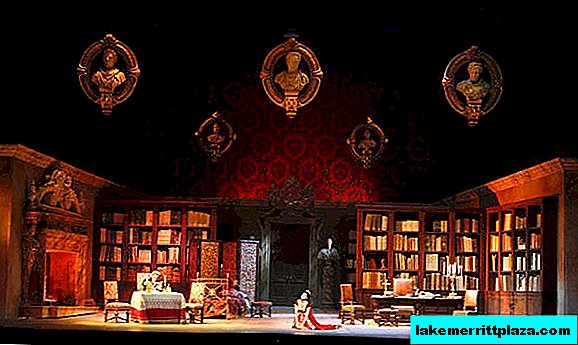
In 1946, the institution acquires its modern name - the Roman Opera. And in 1956 there was another reconstruction of the theater. The building shone with renewed vigor - a wide front staircase, a spacious foyer, a hall for 1700 seats, an updated facade. Since then, numerous opera stars have performed on the stage of the theater: Enrico Caruso, Fedor Chaliapin, Maria Callas, Renata Tibaldi, Montserrat Caballe, Jose Carreras, Placido Domingo, Leontine Price, Luciano Pavarotti. Own ballet school under the direction of Misha van Hook (Micha van Hoecke) is famous for its fascinating ballet performances.
In 2014, the Roman Opera House was again on the verge of bankruptcy. However, the management of the institution found opportunities to announce the opening of the theater season 2014-2015.
Terme di Caracalla
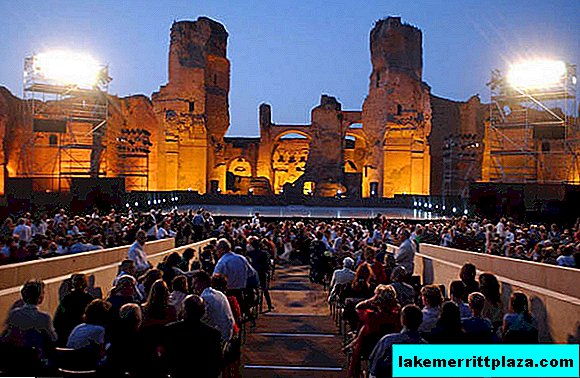
Since 1937, part of the summer theater events of the Roman Opera takes place in the baths of Caracalla (Terme di Caracalla). In addition to classical opera and ballet, concerts and other events take place at the archaeological site of the capital. The highlight of this series will be a concert by Elton John on July 12, 2015.
- Address: Piazza Beniamino Gigli, 7, Viale delle Terme di Caracalla
- Ticket price: from 20 to 150 euros
- Dress code: required
- Official site: www.operaroma.it
- Attention: You need to buy tickets only on the official website www.ticketone.it - write in the search for “Terme di Caracalla”
See detailed instructions.
Theater argentina
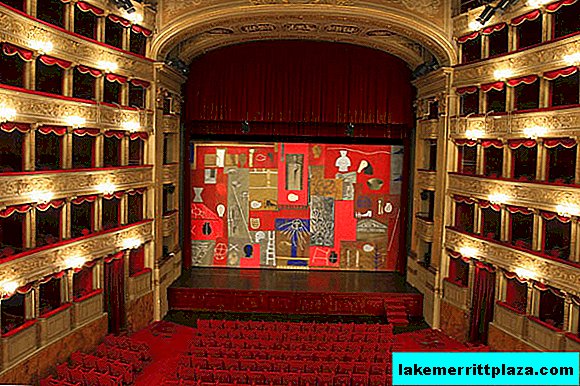
The Argentine Theater (Teatro Argentina) was originally entirely dedicated to opera, but now it does not shy from contemporary art and bold productions.
The building of the theater is located in Piazza Argentina (Largo di Torre Argentina), better known as "the place where cats live." The theater was built in 1731, making it the oldest theater in Rome. It is noteworthy that the builders disdained the historical and architectural heritage of the city, "burying" part of the ancient Roman Theater of Pompey under the foundation of a new building.
The reconstruction of the theater at the beginning of the 19th century was carried out at the expense of the influential Sforza-Cesarini family (Gerolamo Theodoli) became the architect. In 1815, the Teatro Argentina resumed its work with the opera The Barber of Seville by Rossini as a debut. During the 19-20 century, many high-profile premieres took place on the stage: operas by Giuseppe Verdi and Luigi Pirandello, plays by Maxim Gorky and Heinrich Ibsen.
- Theater capacity - 696 people
- Address: Largo di Torre Argentina, 52
- Working hours: Tue-Sun from 10:00 to 14:00 and from 15:00 to 19:00
- Official website and poster: www.teatrodiroma.net
Sistine Theater
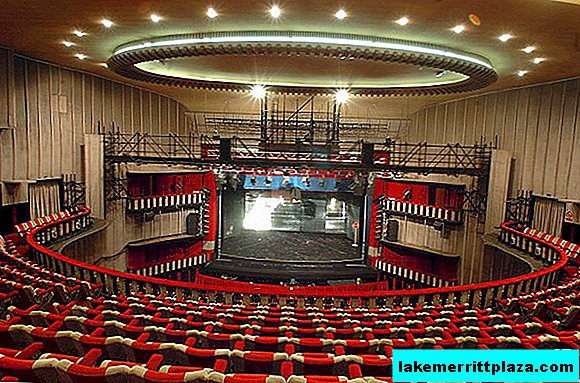
Teatro Il Sistina Theater was built in 1946 by Marcello Piacentini. In 1949, the institution was subordinated to the growing cinema. However, by the 60s, the cinema stage began to be used for theater performances and cabaret performances. Since 2003, the Sistine Theater received the title of Theater of Italian Musical Comedy.
Over the years, the vast audience hall for 1500 has witnessed the performances of such world stars as: Louis Armstrong, Nina Simon, Bart Bakara, Lisa Minelli. Musical productions: "Evita" and "West Side Story" excited the crowds of spectators Il Sistin. Numerous Italian theater and film actors demonstrated their talent on the stage of the theater: Marcello Mastroianni, Delia Scala, Gigi Proyetti, Enrico Salerno and others.
- Address: Via Sistina, 129
- Working hours: Mon-Sat from 10:00 to 19:00, Sun from 11:00 to 19:00
- Site and poster: www.ilsistina.it
Olympic Theater

The Teatro Olimpico Theater, located in the Flaminio quarter, began its life in 1936 as a filming pavilion.
Gradually, the room was converted into a theater. In the 80s of the 20th century, the theater expanded its repertoire to include contemporary art (cabaret, musicals, dance programs, and the performance of the philharmonic orchestra) in addition to drama. Over the entire period of existence on the stage of the Teatro Olimpico, there were speakers: Gigi Proyetti, Mikhail Baryshnikov, Joaquin Cortez, Maurizio Batista and others
The theater has a capacity of 1,400 seats, and, according to American playwright Orson Welles, is the only Roman theater in which the spirit of Broadway hangs.
- Address: Piazza Gentile da Fabriano, 17
- Working hours: from 10:00 to 19:00
- Site and poster: www.teatroolimpico.it
Globus theatre"
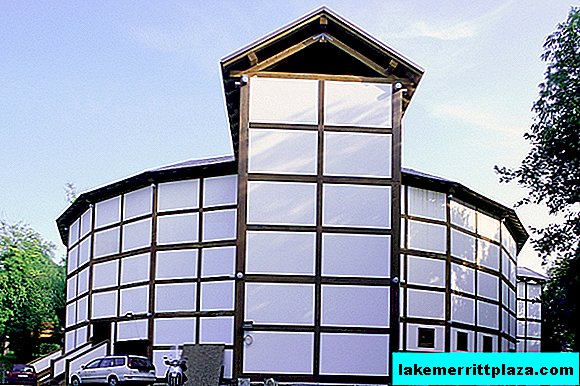
The Globe Theater (Il Silvano Toti Globe Theater) is not without reason has such a Shakespearean name. His ideological inspiration is the master of Italian cinema, an actor, and subsequently the director, Gigi Proietti. The theater was founded in 2003 in the territory of Villa Borghese. The exterior of the building is copied by the famous "Globe" located in London! The authenticity of the building is added by the use of natural materials: oak wood, tuff.
- Theater capacity - 1200 spectators, repertoire: plays by William Shakespeare.
- Address: Via Vittoria Colonna, 39
- Working hours: daily from 9:00 to 21:00.
- Ticket price: standing places - 10 euros, other places - from 15 to 23 euros.
- Site: www.globetheatreroma.com
Theater Angelo

The building of the Angelo Theater (Teatro dell'Angelo) was built in the 30s of the 20th century and for a long time had nothing to do with dramatic art. The room was used as a warehouse and dance club. In 1995, a theater appeared on the stage of which the capital's actors performed. For some time, the Angelo Theater worked closely with the Argentine Theater. Over time, conferences, symposia and exhibitions began to be held in a small theater hall, designed for only 290 spectators. On weekends, the theater gives children performances.
- Address: Via Simone de Saint Bon, 19
- Site and poster: www.teatrodellangelo.it
The Bolshoi Theatre

The Bolshoi Theater (Il Gran Teatro) was founded on the left bank of the Tiber in the Tor di Quinto area in 2002.
The concept of the theater is based on a modern "modular" structure, which allows you to quickly adapt the stage and auditorium to a specific event. The multifunctional theater is great for hosting large shows, concerts, celebrations, sporting events and theatrical performances.
The total area of the Gran Teatro is 4030 m2, the number of seats - 3040. Among theatrical productions, preference is given to modern productions.
- Address: Viale Maurizio Barendson
- Working hours: from 10:00 to 21:00
- Site and poster: www.ilgranteatro.it
Eliseo Theater

One of the most popular theaters in Rome, Eliseo (Teatro Eliseo), was opened in 1900 and immediately became a favorite of the public.
Cheerful operettas, light plays and performances were very popular with the audience and the stars of the scene. The institution got its modern name in 1938, since that time the art director of the theater headed for more serious works. A high level of performance of dramatic works is Eliseo's visiting card to this day. The theater has a convenient location in the center of the capital, the hall is designed for 706 seats.
- Address: Via Nazionale, 183
- Working hours: 9:30 to 19:30, Monday - day off.
- Tickets: from 9 to 47 euros.
- Website and poster: www.teatroeliseo.it


